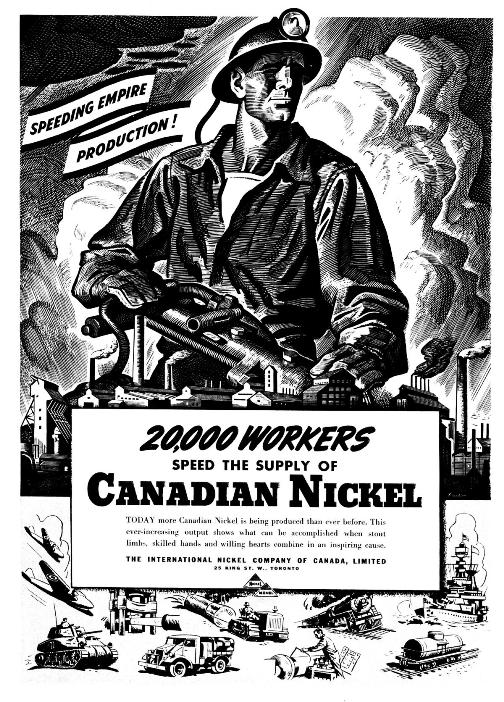This article is from the First Quarter 2011 issue of NYSE Magazine, a quarterly publication of NYSE Euronext, provides insights into the world’s best companies, giving readers a close-up look at the distinguished leaders that constitute the NYSE community. Each issue centers around opinions, strategies and ideas from senior executives who lead the corporate world, focusing on what makes companies succeed.
“What we are investing in new technologies – to reduce emissions, to develop new products and to [be] more cost-efficient – will drive Vale’s growth.” – Roger Agnelli, president and CEO, Vale
Iron Man
With skills in banking and a passion for engineering, Agnelli aims to make Vale the biggest mining company in the world.
In northern Brazil, in the heart of the Amazon rain forest, is the Carajás mining complex, where a reported 300,000 tons of iron ore are extracted each day. To ensure that the mines at Carajás are working as efficiently as possible, owner Vale SA (VALE), Brazil’s largest mining company as measured by revenue, built an operational control center within the complex in 2007 that essentially acts like the mine’s brain, explains President and CEO Roger Agnelli.
He says everything to do with operations within the enormous mine — the equipment used there, treatment plants for the ore, and dispatch facilities — is monitored and controlled remotely through the use of satellites. Engineers, he points out, can see what’s happening at any stage of production: how a particular piece of equipment is working, for example, or how much ore is in a crusher at any given moment. They can also make corrections or changes in real time.
Walking through this control center and visiting Vale’s geologists and engineers to see what new ideas they have dreamed up is one aspect that Agnelli, 50, says he truly enjoys about his job. “I’m crazy about technology and innovation,” he says from the company’s Rio de Janeiro headquarters. “I love to visit the different operations to see what they’re working on and how they’re figuring things out.” Agnelli oversees a global mining empire with 115,000 employees (its own and contractors) spread across 38 countries on five continents.
























